Last year during Pride, I shared a deep dive into the pioneering work of Joan E. Biren over on Threads, and the response was so enthusiastic that several long time readers asked me to bring it here to Substack. So, in the spirit of visibility and celebration, I’m re-posting it now: from her groundbreaking Eye to Eye portraits to the transformative “Dyke Show” slide programs and beyond, here’s why JEB’s lens still matters for our artistic community today.
Between 1944 and the present, Joan E. Biren, professionally known as JEB, has crafted a visual archive that both reflects and reshapes LGBTQ history. Best known for her self-published folio Eye to Eye: Portraits of Lesbians (1979), Biren extended her commitment to visibility through the touring slide program “Lesbian Images in Photography: 1850–The Present” (the “Dyke Show”), her monograph Making a Way: Lesbians Out Front (1987), and a series of documentaries produced via her nonprofit Moonforce Media. Drawing on her early activism and steeped in feminist theory, Biren’s work insists on the political power of representation, and remains foundational to queer media today (Biren).
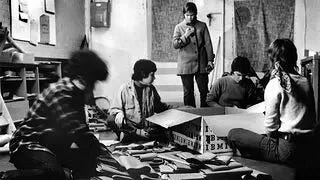
Born July 13, 1944, in Washington, D.C., Biren completed a B.A. in political science at Mount Holyoke College in 1966 and later earned an M.A. in Communication from American University in 1974. While a graduate student she co-founded The Furies Collective in 1971, a short-lived lesbian separatist commune whose newspaper advanced the slogan “the personal is political” and insisted on lesbian autonomy within the broader women’s movement. In her 2001 oral history for the Sophia Smith Collection, Biren recalled that those years drove her to “create images that affirm” because she “needed to see images of lesbians living full lives” (Smith College).
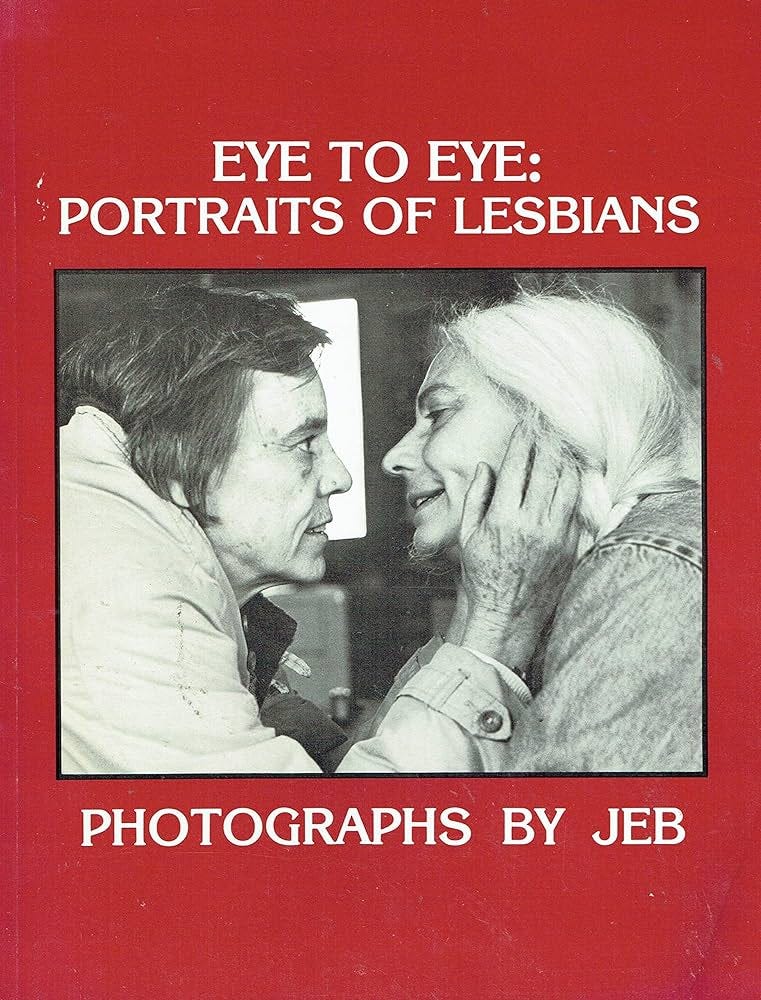
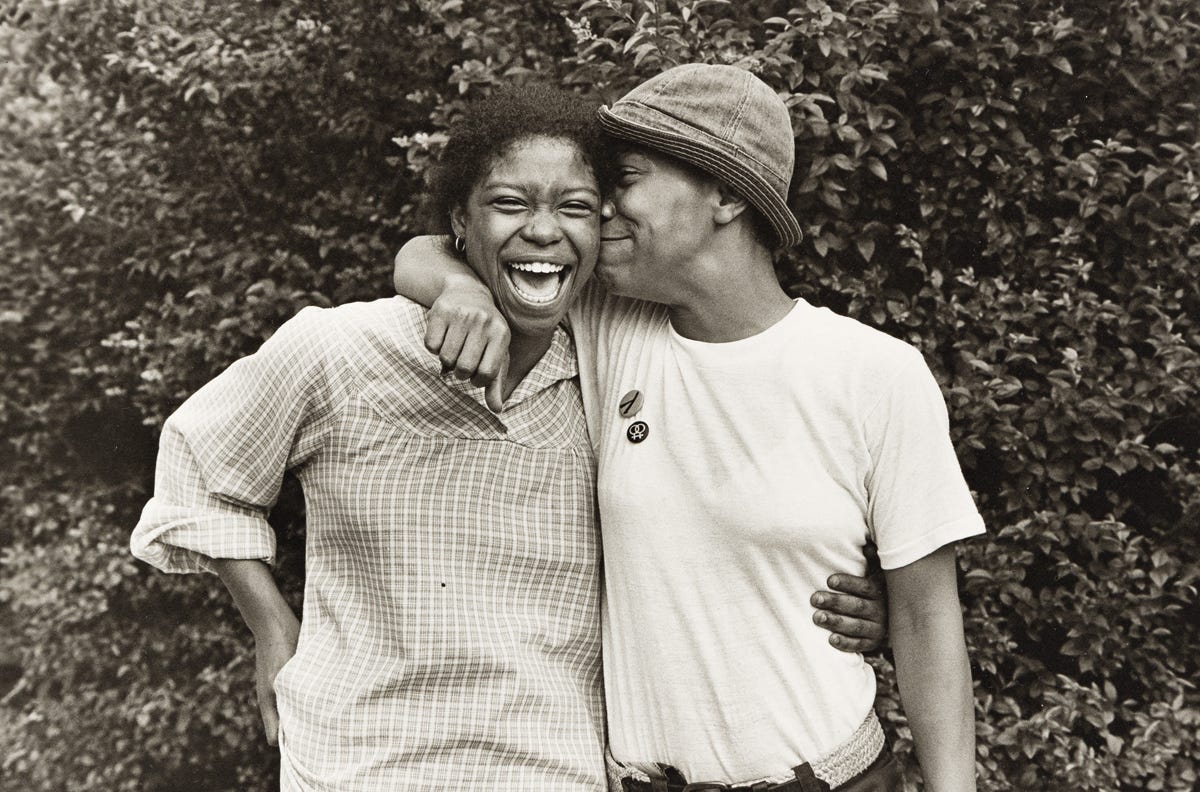

Frustrated by mainstream erasure, Biren hand-processed and self-published Eye to Eye in 1979, assembling over one hundred black-and-white photographs depicting lesbians at home, at work, on athletic fields, and in community gatherings. Time lauded the book’s “much-needed representation,” noting that Biren’s commitment to anti-racist and class-conscious activism imbues each portrait with both dignity and urgency (Time). Standouts such as “Gloria and Charmaine, Baltimore, Maryland” and “Randy and Tara” capture quiet intimacy and triumphant vitality, while Biren’s insistence on in-house processing staved off commercial censorship and ensured her subjects’ agency (Wussy Mag).
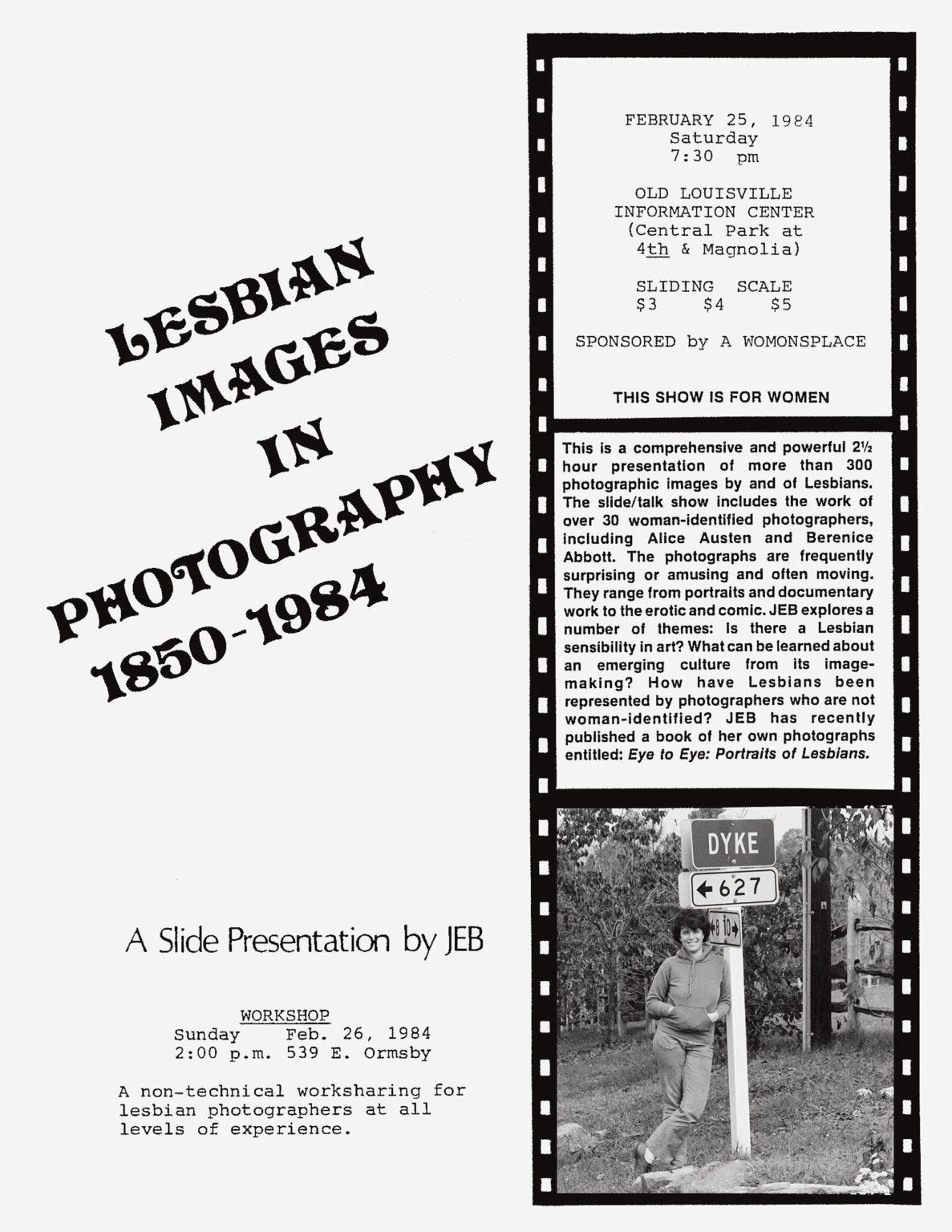
To bring Eye to Eye directly to lesbian audiences, Biren devised a multi-projector slideshow, later dubbed “the Dyke Show”, that wove historical prints by figures like Clementina Hawarden and Alice Austen into a narrative extending to her contemporary work. Throughout the 1980s, this program toured women’s bookstores and conferences, forging intergenerational and regional bonds among participants and affirming a shared photographic lineage (Biren).

In 1987 Biren expanded her lens with Making a Way: Lesbians Out Front, a monograph that documented political marches, health-care advocacy, and cultural events. Photographs of banner-bearers at the 1987 March on Washington sit beside images of grassroots relief work, underscoring Biren’s belief that visibility and activism are inseparable. As she writes in her introduction, “Our faces, our bodies, our joy and our struggle belong at the forefront of social change” (Biren).
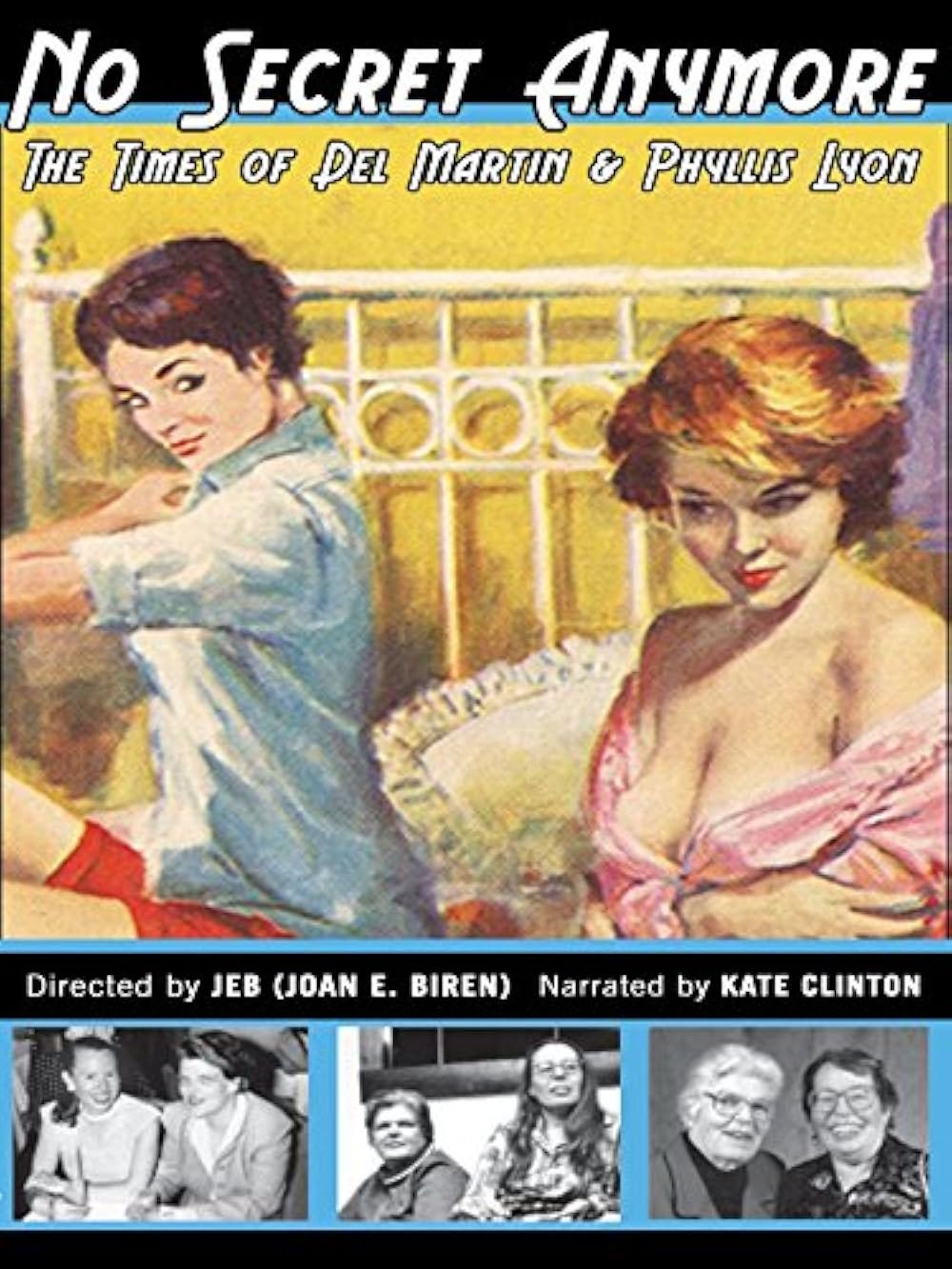
By the early 1990s Biren had founded Moonforce Media to produce socially engaged documentaries. Her films, including No Secret Anymore: The Times of Del Martin and Phyllis Lyon (1984), For Love and for Life: The 1987 March on Washington for Lesbian and Gay Rights (1990), and Buddy Jackson (2006), combine archival footage, interviews, and her own cinematography to challenge viewers toward concrete justice (Smithsonian Online Virtual Archives).
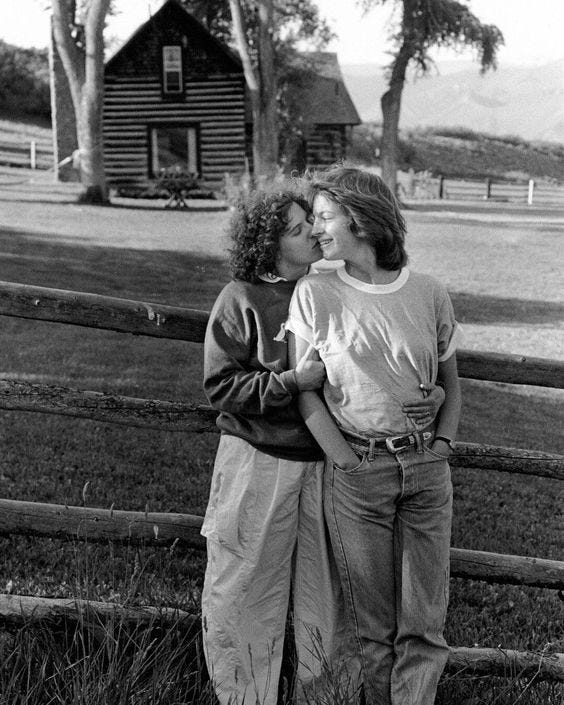
Biren’s archival presence spans major institutions. The Sophia Smith Collection at Smith College preserves her early papers and slide programs, the Library of Congress houses thousands of her photographic prints and negatives, and George Washington University’s “Queerly Visible: 1971–1991” retrospective showcased original Dyke Show materials. The Lesbian Herstory Archives likewise holds emblematic prints such as “Dr. Dee Mosbacher and Dr. Nanette Gartrell on vacation in Colorado in 1984", ensuring ongoing scholarly access (Smithsonian Online Virtual Archives).
As Marina Kemball observed in The New Yorker, Biren’s slide shows “served as catalysts for transformation and community building,” demonstrating that “images can cultivate solidarity” across distances and generations (Kemball). Likewise, Time credited Eye to Eye with helping a generation of lesbians “see themselves” when visibility often meant risking home, job, or family (Time). Biren’s practice of treating sitters as “muses” rather than “subjects” prefigures today’s participatory documentary methodologies and continues to influence artists like Tequila Minsky and Delaney Hall.
Joan E. Biren’s career bridges still photography and film, personal portraiture and mass-media activism. Through her photobooks, slide programs, documentaries, and the archival generosity that entrusted her work to public institutions, she has fashioned an expansive worldview in which LGBTQ lives are both recorded and empowered. Her legacy endures in every exhibition that revisits Eye to Eye, every symposium that revives the “Dyke Show,” and every artist who draws inspiration from her credo: images that affirm are images that liberate.
References:
Biren, Joan E. Eye to Eye: Portraits of Lesbians. Self-published, 1979.
Making a Way: Lesbians Out Front. Crossing Press, 1987.
Joan E. Biren. Wikipedia: The Free Encyclopedia, 4 April 2024, en.wikipedia.org/wiki/Joan_E._Biren.
Kemball, Marina. A Pioneering Photographer Revives Her Slide Show of Lesbian Life. The New Yorker, 26 June 2025, www.newyorker.com/culture/the-new-yorker-documentary/a-pioneering-photographer-revives-her-slide-show-of-lesbian-life.
Smith, Sophia. Oral History Interview with Joan E. Biren. Sophia Smith Collection, Smith College, 2001.
Time Staff. How a Groundbreaking Book Helped a Generation of Lesbians See Themselves in the 1970s. Time, 28 Mar. 2021, time.com/5938729/eye-to-eye-portraits-of-lesbians-jeb/.
Wussy Mag. The Lie-Abolishing Technology of JEB’s Eye to Eye. Wussy Mag, 15 Mar. 2022, www.wussymag.com/all/the-lie-abolishing-technology-of-jebs-eye-to-eye.



